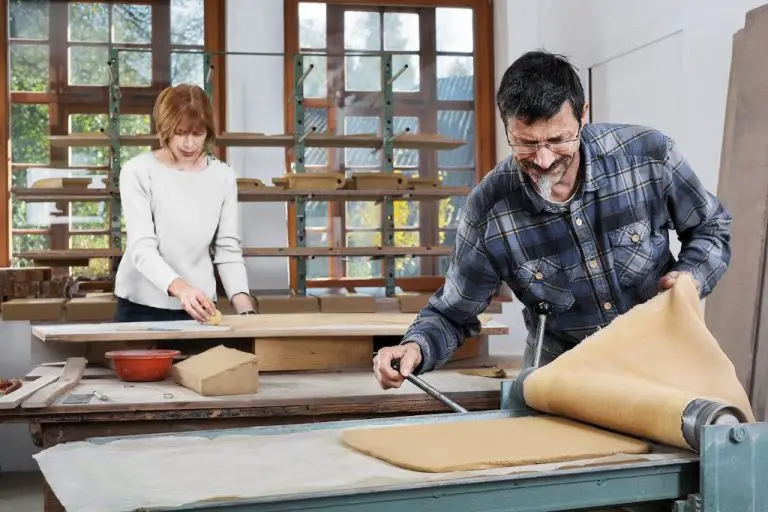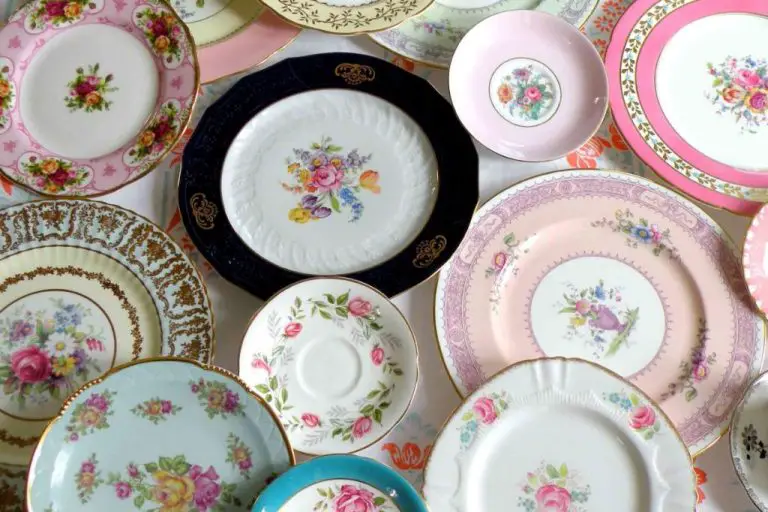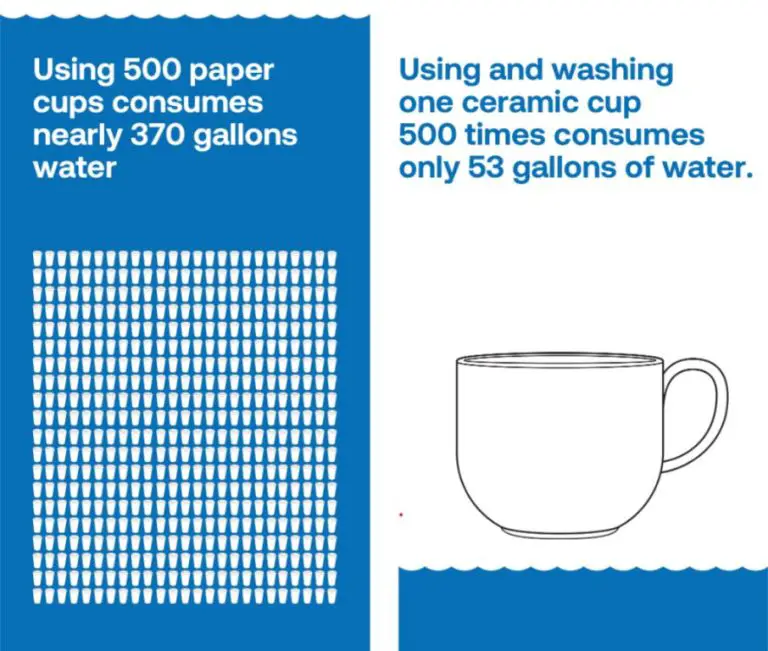What Wire Do You Use For Clay Armature?
Clay armature refers to the wire framework or skeleton that supports a sculpted figure made of polymer clay or other clay materials. Selecting the right armature wire is an important first step in any sculpting project, as it provides structure and strength to the clay. There are several types of wire commonly used for armature, each with their own properties and benefits. Factors like strength, flexibility, corrosion resistance, and cost should be considered when choosing which wire to use. This article provides an overview of the most popular options for armature wire and guidance on selecting the right type for your clay sculpting needs.
Aluminum Armature Wire
Aluminum wire is lightweight, flexible, and inexpensive, making it a popular choice for clay armatures. Here are some key properties and pros/cons of using aluminum wire:
Properties of Aluminum Wire
Aluminum wire is very malleable and easy to bend into different shapes. It also has high tensile strength, meaning it can hold its shape well under the weight of the clay. Pure aluminum wire is quite soft, so aluminum armature wire contains small amounts of other metals like silicon, magnesium, and zinc to increase its hardness. Even with these additives, aluminum wire is still one of the softest metals used for armatures.
Pros of Using Aluminum Wire
– Very lightweight and flexible, making it easy to pose and shape the armature
– Low cost compared to other metals
– Holds shape well under the weight of clay
Cons of Using Aluminum Wire
– Can bend too easily, requiring extra care when handling the armature
– Not as strong as steel, copper or brass, so only suitable for smaller sculptures
– Prone to kinking and damage if repeatedly bent back and forth in the same area
Steel Armature Wire
Steel armature wire is made from low-carbon steel, giving it strength without making it brittle. It has good tensile strength and is fairly malleable.
Some key pros of using steel armature wire include:
- Affordable and readily available
- Can be bent and shaped easily without breaking
- Holds its shape well
- Can be welded or soldered if needed
Some potential cons of steel wire include:
- Prone to rusting if not coated or sealed properly
- Not as strong as other metals like aluminum
- Can snap if bent too sharply
Copper Armature Wire
Copper wire is known for its malleability, conductivity and durability. Some key properties of copper wire include:
- Highly malleable and flexible, making it easy to bend and shape
- Excellent conductivity for both heat and electricity
- Naturally rust and corrosion resistant
- Strong and durable yet still lightweight
Some pros of using copper wire for armatures include:
- Can be bent, twisted and shaped without breaking
- Holds its shape well without deforming
- Smooth surface that won’t scrape or tear the clay
- Less likely to cause cracks or breakage issues in the clay
- Conducts heat away from the clay as it cures
Some potential cons of copper wire include:
- More expensive than steel or aluminum wire
- Not as strong and rigid as steel
- Susceptible to work-hardening and becoming brittle if overworked
- Heavier than aluminum wire
Brass Armature Wire
Brass wire is an alloy made of copper and zinc. It has some unique properties that make it a good choice for certain armature sculpting applications:
Properties of brass wire:
- Brass has high malleability, meaning it can be hammered, bent, drawn, pressed, or rolled into thin sheets without breaking.
- It has good strength and rigidity when used in wire form.
- Brass wire has excellent corrosion resistance and weatherability.
- It has a pleasing gold-like color and shine.
Pros of using brass wire:
- The malleability of brass allows it to be shaped into smooth curves and complex forms.
- It holds its shape well once bent or twisted into position.
- Brass wire has a natural beauty that adds visual interest.
- It resists tarnishing and oxidization even when exposed to moisture.
- Brass costs less than other metal wires like copper or gold.
Cons of using brass wire:
- Brass doesn’t have the strength of steel and can bend or warp under too much pressure.
- It’s not as conductive as pure copper wire.
- Brass has a higher melting point than other metals, making it harder to fuse pieces together.
- The color of brass can limit its uses for certain sculpting aesthetics.
- It costs more than inexpensive wires like aluminum.
Stainless Steel Armature Wire
Stainless steel wire is made of steel alloyed with chromium and nickel. It has excellent resistance to corrosion and oxidization. Stainless steel is also ductile and can be drawn into very fine wire.
Some pros of stainless steel armature wire are:
- High strength and durability
- Maintains shape well
- Resists corrosion
- Can be sterilized and reused
Some cons of stainless steel wire are:
- More expensive than other metals
- Can be stiff and hard to bend
- Challenging to weld or solder
- Prone to work hardening
Overall, stainless steel is an excellent choice for sculpture armature because of its strength, durability, and corrosion resistance. It’s worth the extra cost for many artists. Proper annealing can help offset brittleness and work hardening issues.
Nickel Silver Armature Wire
Nickel silver armature wire contains copper, nickel and zinc. It has a bright silvery appearance similar to sterling silver. Nickel silver is strong, hard, and resistant to corrosion. It has high tensile strength and maintains its shape well. Nickel silver is often used for electrical wiring and jewelry making.
Some of the pros of using nickel silver armature wire include:
- Excellent strength and durability
- Holds fine details well
- Easy to bend and shape
- Bright silver color
- Resists tarnishing and corrosion
Some potential cons of nickel silver armature wire:
- Can be more expensive than other wire types
- Not as malleable as copper
- Silver color may not suit all projects
- Not as conductive as copper if wiring needs electricity
Choosing the Right Gauge
Wire gauge refers to the thickness of the wire. The lower the gauge number, the thicker the wire. When choosing a gauge for your clay armature, there are a few factors to consider:
For small, delicate sculptures, use a higher gauge wire in the 18-22 range. These thinner wires allow for more intricate shapes and details. The thinner wire is also easier to manipulate and bend.
For medium sized sculptures, a mid-range gauge like 16 works well. It provides some strength while still being flexible enough for shaping.
For large sculptures or those needing more support, choose a thicker, lower gauge wire in the 8-14 range. The thicker wire can hold more weight and span longer distances while retaining its shape.
In general, it’s best to use the thinnest gauge that will provide enough strength and stability for your particular sculpture. Thicker wires may be too difficult to bend into delicate shapes. Start with a thinner gauge and move up as needed for stability.
Consider combining different gauges in one armature. Use thinner wires for detail work and thicker ones for major structural elements. Mixing gauges gives you the benefits of both flexibility and strength.
Other Considerations
When choosing armature wire for sculpting, there are a few other factors to keep in mind beyond the type of metal used.
Budget
The cost of different wires can vary significantly. Copper, brass, and stainless steel tend to be more expensive than aluminum, steel, or nickel silver. Consider your budget constraints when selecting armature wire.
Availability
Some types of wire may be easier to source than others depending on your location and suppliers. Aluminum and steel wire tend to be widely available from art stores and online retailers. More exotic metals like beryllium copper may be harder to find.
Sculpture Size and Weight
The size and weight of your planned sculpture will impact the gauge and strength of wire needed. Smaller, lightweight sculptures require thinner gauges while larger, heavier projects demand thicker, stronger wire less prone to buckling.
Conclusion
When choosing wire for clay armature, the most important factors to consider are the gauge, flexibility, and strength of the wire. For most sculpting situations, aluminum or steel armature wire between 16-20 gauge provides a good combination of sculptability and strength. Copper can also be a good choice for its flexibility, while brass, nickel silver, and stainless steel are less commonly used.
In general, a medium gauge wire around 18 is recommended to start. Thinner gauge wires from 20-22 are very flexible but may not provide enough support, while thicker wires from 16-14 can be too rigid for fine detailing. Consider using a mix of gauges for different purposes. Thinner wires are good for small detailed areas, while thicker wires provide better structural support.
Test different wires to find what works best for your sculpting needs. Aluminum and steel will be suitable for most purposes, but explore other options like copper for specialty applications. With the right wire choice, you can create strong armatures to support the vision for your clay sculptures.




